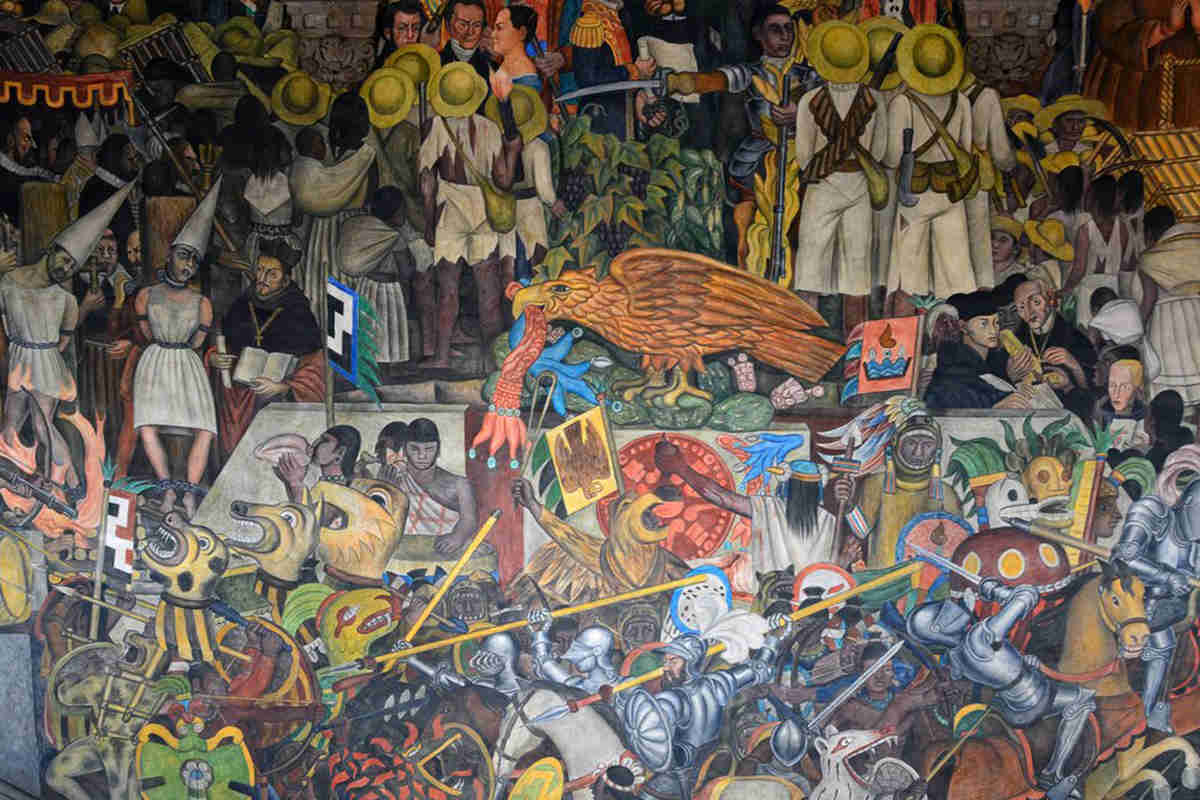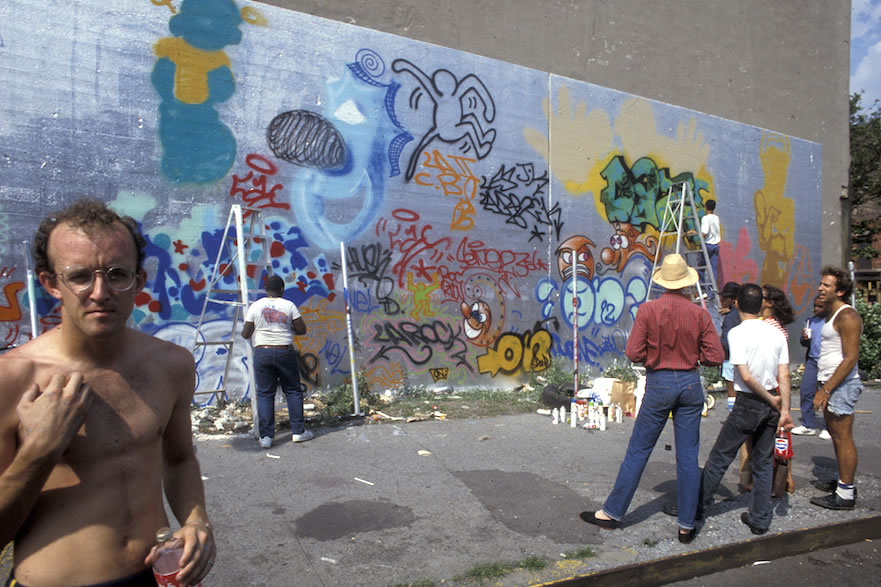.png)
.png)
Here on Brick Lane, we’re blessed with so much wonderful street art in the area. We love how it’s constantly changing, with new pieces popping up overnight and adding colour to the streets. While some people can see it as vandalism, street art has managed to capture the attention of tourists, locals, and art experts, leading it to become an important art movement.
Where did it all begin?
Street art can be traced back to early 20th-century Latin America in the form of frescoes and mosaic murals. These works were created for the same purposes as later street art, predominantly to protest against socio-political issues, educate the illiterate about the Mexican Revolution, and celebrate their heritage. Most notable are the works of José Clemente Orozco, Diego Rivera, and David Alfaro Siqueiros, who were considered the pioneers of mural artwork in 1920s Mexico.

Later in the 1960s and 1970s, the graffiti subculture would begin to take form, becoming a powerful form of rebellion and self-expression. Early members of the New York graffiti scene include Cornbread, who is widely considered the world's first modern graffiti artist. During this period, emerging artists such as Jean-Michele Basquiat and Keith Haring would later grow to be pioneers of the New York street art scene, finding their roots in spray-painting their iconic symbols on buildings. The 1970s and 1980s proved important for young people in urban areas, as street art enabled them to respond to the socio-political problems in their environment and make a stand for their beliefs.

Emergence into the greater art community
While an essentially illegal form of art, street art started capturing the attention of enthusiasts, galleries, and art dealers, earning its place in the contemporary art world. An example of this is Basquiat’s first painting sale, which was bought by Blondie singer Debbie Harry after his participation in The Times Square Show in 1980, and the New York/New Wave exhibition in 1981, which led to his first extensive article by critic René Ricard for Artforum magazine. Similarly, Keith Haring’s art gained public recognition, leading to his creation of large-scale murals as commissions.

Street art today
Today, the most iconic street artist is most likely Banksy, largely in part for his elusiveness. Like his 1980s New York predecessors, Banksy’s artwork focuses on socio-political problems and current crises with dark humour, like how he added a face mask to one of his murals during the COVID-19 pandemic. Banksy’s artwork shows the value that street art now has, with his piece ‘Love is in the Bin’ selling for £18.6 million after being partially shredded during the auction. While Banksy may be the most well-known when it comes to street art, many other artists have emerged in the scene. East London is home to many recognisable pieces by artists such as STIK, Invader, and Fanakapan, with streets like Brick Lane and surrounding areas being completely covered in artwork.

Why it’s important
Particularly in the Brick Lane area, street art is influential in promoting tourism in environments that have previously been neglected. Against the brick and concrete canvas of Victorian-meets-1970s London architecture, street artists have managed to turn building exteriors into free museums. This also helps the local businesses on those streets to gain awareness, and walking tours have even been set up on Brick Lane for tourists to learn more about the art. Most importantly, it helps to build and protect the relevance of the art industry.
Where can you see it?
As we are based on Brick Lane, we may be biassed when we say the best street art can be found here on our doorstep. The many side streets off Brick Lane also lead to some hidden gems, such as Grey Eagle Street, Fashion Street, Hanbury Street, and Cheshire Street. Keep an eye out for Stik’s ‘A Couple Holds Hands in the Street’, or ROA’s giant crane! Camden also boasts some impressive street artwork, particularly on Miller Street, which pays homage to Camden resident Amy Winehouse with Mr. Cenz’s surreal portrait of the singer.

Who’s your favourite street artist? Keep in touch with us via our social media and let us know!